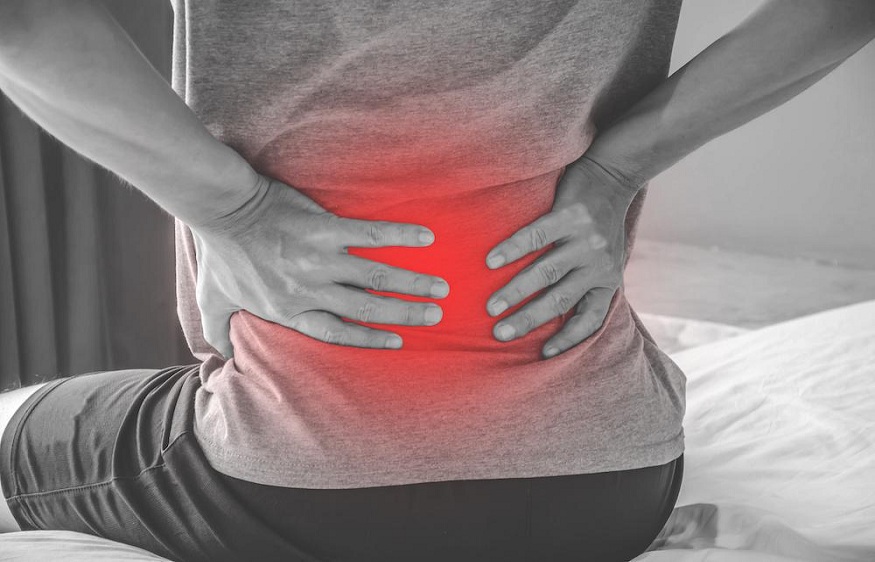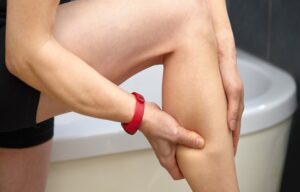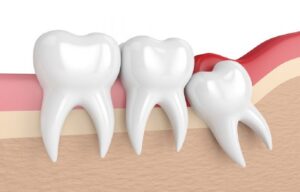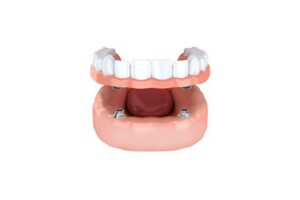Spinal Decompression for Back Pain Relief
3 min read
If you suffer persistent back pain and other symptoms, you know how disruptive it can be to your life. You may be unable to consider anything other than obtaining relief. Some patients choose surgical or non-surgical spinal decompression treatment. Here’s everything you need to know to determine if it’s a good fit for you.
What is non-surgical spinal decompression?
Spinal decompression without surgery is a form of motorised traction that may alleviate back discomfort. Spinal decompression works by extending the spine gradually. This alters the spinal force and posture. This modification relieves pressure on the spinal discs, which are gel-like cushions between the vertebrae, by generating negative pressure in the disc. Consequently, bulging or herniated discs may retract, relieving pressure on the spine’s nerves and other components. This facilitates the flow of water, oxygen, and nutrient-rich fluids into the discs, allowing them to recover.
Doctors have used non-surgical spinal decompression to treat conditions such as:
- Back or neck pain
- Sciatica
- Herniated or bulging discs
- Degenerative disc disease
- Damaged spinal joints
- Damaged or afflicted spinal nerve roots
There is a need for more studies to confirm the safety and efficacy of non-surgical spinal decompression. To determine its effectiveness, researchers must compare spinal decompression to other surgical treatments. These consist of:
- Nonsteroidal anti-inflammatory medications (NSAIDs)
- Physical treatment
- Exercise Restricted
- Injectable steroids
- Bracing
- Chiropractic Acupuncture
How is non-surgical decompression of the spine performed?
In spinal decompression treatment, you remain completely dressed. The doctor places a pelvic harness and a trunk harness around your body. On a computer-controlled table, you either lay face down or face up. A physician runs the computer to tailor therapy to the individual’s needs.
Treatment may take between 30 and 45 minutes, and 20 to 28 sessions may be required over five to seven weeks. Before or after therapy, you may receive the following treatments:
- Electrical stimulation (electric current that causes certain muscles to contract)
- Ultrasound (the use of sound waves to create heat and aid healing) (the use of sound waves to generate heat and promote healing)
- Heat or cold treatment
Who should not undergo non-surgical spinal decompression?
Ask your physician if you are a suitable candidate for non-surgical spinal decompression. If you are pregnant, you should avoid using it. Also, individuals with any of the following disorders should not undergo non-surgical spinal decompression:
- Fracture
- Tumour
- Abdominal aortic aneurysm
- Superior osteoporosis
- Metal implants in the spine
What is spinal decompression surgery?
Surgical spinal decompression is an additional treatment option for certain forms of back pain. However, it is typically a last resort. If alternative treatments fail, your doctor may recommend spinal decompression surgery for bulging or ruptured discs, bony growths, or other spinal conditions. Symptoms that may be alleviated by surgery due to spinal cord or nerve compression include:
- Pain
- Numbness
- Tingling
- Weakness
What kinds of spinal decompression surgery are there?
Your physician may recommend one or more forms of back surgery to alleviate pressure in your spine. Additionally, you may require spinal fusion to stabilise your spine. These are the most frequent forms of back surgery:
- Diskectomy
- Laminotomy or laminectomy
- Foraminotomy or foraminectomy
- Osteophyte removal
- Corpectomy
What risks are associated with spinal decompression surgery?
As with any surgical procedure, there are dangers involved. These are some of the most frequent risks linked with spinal decompression surgery:
- Infection
- Bleeding
- Blood clots Hypersensitivity to anaesthetic
- Nerve or tissue injury
Another danger of surgery is that it may not significantly alleviate back pain. Those who might benefit from spinal decompression surgery can be difficult to establish.






